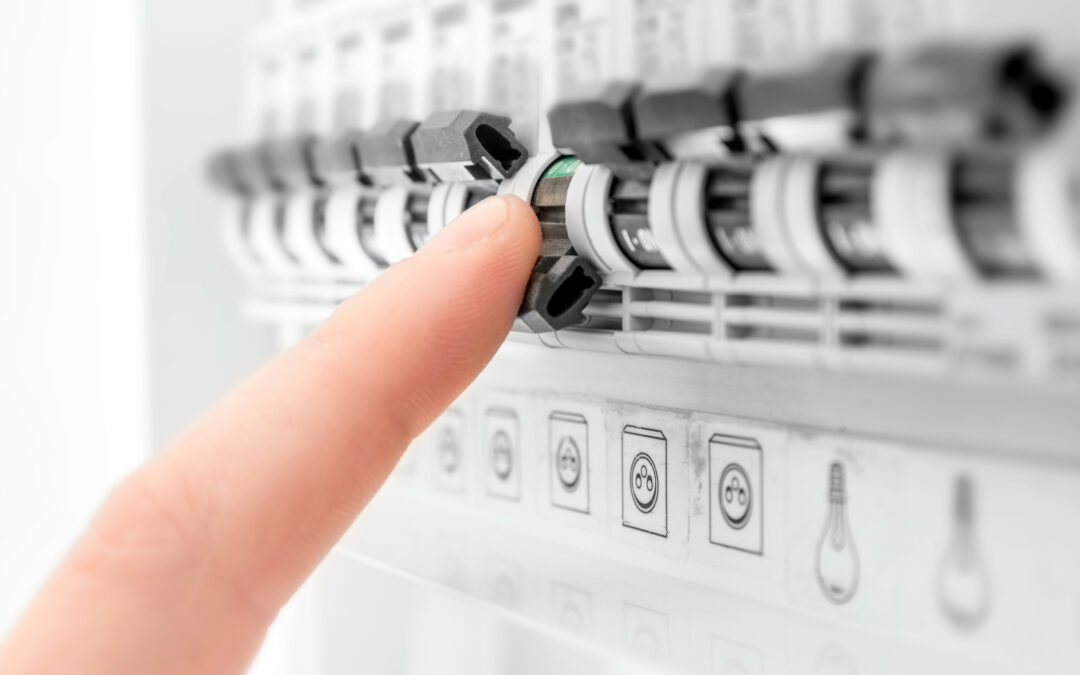Power outages are an inevitable part of life, and they can leave us in the dark, both figuratively and literally. In electrical disruptions, having a reliable backup system is crucial to keeping our homes running smoothly. One key component in this setup is the transfer switch.
Continue reading to learn about transfer switches and how they protect your home during power outages.
The Basics of Transfer Switches
A transfer switch is an electrical device that facilitates the seamless power supply transition between the utility grid and an alternative power source, such as a generator. When a power outage occurs, the transfer switch detects the loss of utility. It automatically switches the electrical load to the backup power source, ensuring a continuous and reliable power supply to essential appliances and systems in your home.
Transfer switches stand as the linchpin in fortifying homes against the unpredictable nature of power outages. These devices, available in various types, are designed to seamlessly manage the transition between the primary power grid and backup sources such as generators. Automatic transfer switches (ATS) are popular, offering hands-free operation by swiftly detecting power loss and initiating the switch to the backup source.
In contrast, manual transfer switches provide a cost-effective alternative, requiring manual intervention but serving well in smaller setups. Regardless of type, the primary function of a transfer switch is to ensure a continuous power supply to essential circuits, safeguarding sensitive electronics and appliances from the potential damage caused by sudden power fluctuations or outages.
Automatic vs. Manual Transfer Switches
Automatic transfer switches sense power loss and switch to the backup power source without manual intervention. On the other hand, manual transfer switches require the homeowner to physically toggle the switch to activate the backup power. While automatic switches provide convenience, manual switches offer more control over the power transition process, allowing homeowners to decide when to switch to the backup power source.
Protection Against Voltage Fluctuations
Transfer switches also play a crucial role in safeguarding your home against voltage fluctuations. Sudden changes in voltage levels can damage electronic devices and appliances. The transfer switch ensures a stable and controlled transition between power sources, preventing potential damage that could occur during the switchover process.
Isolation from the Grid
In a power outage, utility workers may be working to restore electricity. If your generator is directly linked to the utility grid without a transfer switch, it can pose a significant safety hazard to those laboring on the power lines. A transfer switch separates your home’s electrical system from the grid, averting back-feeding and guaranteeing the safety of utility workers.
Protects Appliances and Electronics
Sudden power outages or fluctuations can damage sensitive electronic devices. Transfer switches help protect appliances and electronics by providing a stable and reliable power source during outages, preventing potential damage.
Enhanced Convenience and Peace of Mind
In addition to protection during power outages, transfer switches offer enhanced convenience and peace of mind. With an automatic transfer switch, you can rest assured that your backup power system will kick in seamlessly, even if you’re at home. This hands-free operation ensures the power remains in your home and critical systems stay operational, whether you’re there or away.
Ensure uninterrupted power supply for your home with Kazar’s Electric, Inc., your trusted partner in reliable electrical solutions. Our transfer switches, whether automatic or manual, prioritize safety, prevent overloading, and comply with electrical codes, guaranteeing a convenient and efficient backup power solution. Contact us for more information.

